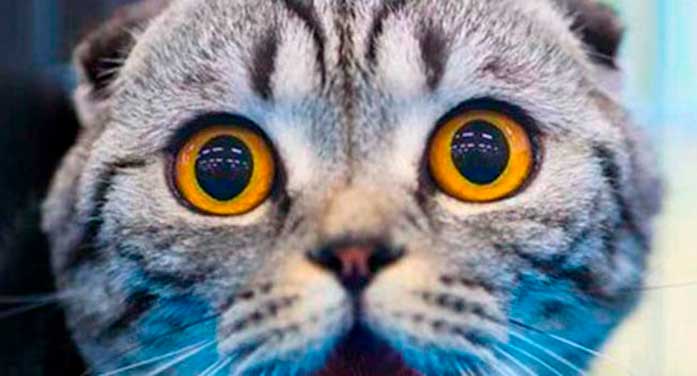 Our pets are such an important part of our lives – loyal and forgiving – but there’s danger out there, even in your garden! Lots of things are trying to eat, infect or nibble on pets.
Our pets are such an important part of our lives – loyal and forgiving – but there’s danger out there, even in your garden! Lots of things are trying to eat, infect or nibble on pets.
It’s not possible to list everything that might hurt your pet in this column, but here are a few highlights.
Moving beyond the obvious – cars, falling branches, fast-flowing rivers and even lightning – other dogs, coyotes, foxes, bobcats and larger birds of prey – such as eagles and great horned owls – will happily snack on your small dog or cat when you allow them to run at large.
Herons will eat your goldfish, and osprey and mink will invade your trout pond.
Mosquitoes, fleas and ticks love a tasty canine snack, and parasites such as ringworm, roundworm, heartworm and the like will readily find shelter inside your pet.
Myriad garden plants can harm your pet as well. Since many plants are irritants, especially when it comes to the gastrointestinal tract, most symptoms exhibited will result from irritation or inflammation of the skin or mouth.
If you’re a cat lover, watch out for daylilies (entire plants), bleeding heart, azalea (bulbs, leaves and stems), foxglove (flowers, leaves and seeds), chives (bulbs and leaves), iris (leaves and roots), lily-of-the-valley, daffodil (bulbs), rhubarb (leaves) and tulips (bulbs, leaves and stems).
For dog lovers, rhubarb, tulips, daffodils, lily-of-the-valley, chives, foxglove, buttercup (leaves) and azalea are most problematic.
If you’re a horse fancier, watch for rhubarb, red and white clover, azaleas, foxglove, chives and ground ivy.
The American Society for the Prevention of Cruelty to Animals lists 400 species of plants that are toxic to cats, 394 species for dogs and 287 species for horses.
Wow! How can we ever protect our pets?
If you think your pet has been poisoned, immediately call a veterinarian. Plants such as day and tiger lilies are so toxic that your cat can encounter catastrophic kidney failure in short order. So never presume it’s not a big deal, even if it’s just a plant.
The first thing is to learn to identify plants of concern and then decide to either protect your pet from them with fencing or screening or simply remove them from your garden. Beyond that, there’s not too much you have to do to protect your puppy. Dogs are smart and avoid danger whenever they can, for the most part.
But you still need to be alert.
If you keep your dog leashed while walking, it’s unlikely that a predator will take it since you act as its guardian, and most wild animals avoid people.
Your cat is trickier as they like to climb and chew on leaves or dig in the garden where bulbs occur.
So keep your cat indoors. I won’t wade into the debate about the devastating impact free-roaming cats have on birds and small mammals. But cats don’t need to wander – they’re perfectly content to stay inside, and it’s much healthier. Indoor cats outlive outdoor ones by several years.
Your horse is another issue – they don’t do well in the living room. So if plants are of concern, use fencing to protect them.
Your pond fish can be protected with netting draped over it, particularly early in the season and at dawn and dusk to keep raccoons and herons at bay.
As we encroach on wild places, wild animals will see our pets as a food source. Please be accepting of wild animals. Don’t try to harm them just because they come in contact with you and your beloved pets. They’re just doing what we do – finding dinner.
So watch over your pets so you can enjoy them and nature at the same time.
Geoff Carpentier is a published author, expedition guide and environmental consultant. Visit Geoff online at www.avocetnatureservices.com, on LinkedIn and Facebook.
The views, opinions and positions expressed by columnists and contributors are the authors’ alone. They do not inherently or expressly reflect the views, opinions and/or positions of our publication. © Troy Media
Troy Media is an editorial content provider to media outlets and its own hosted community news outlets across Canada.

